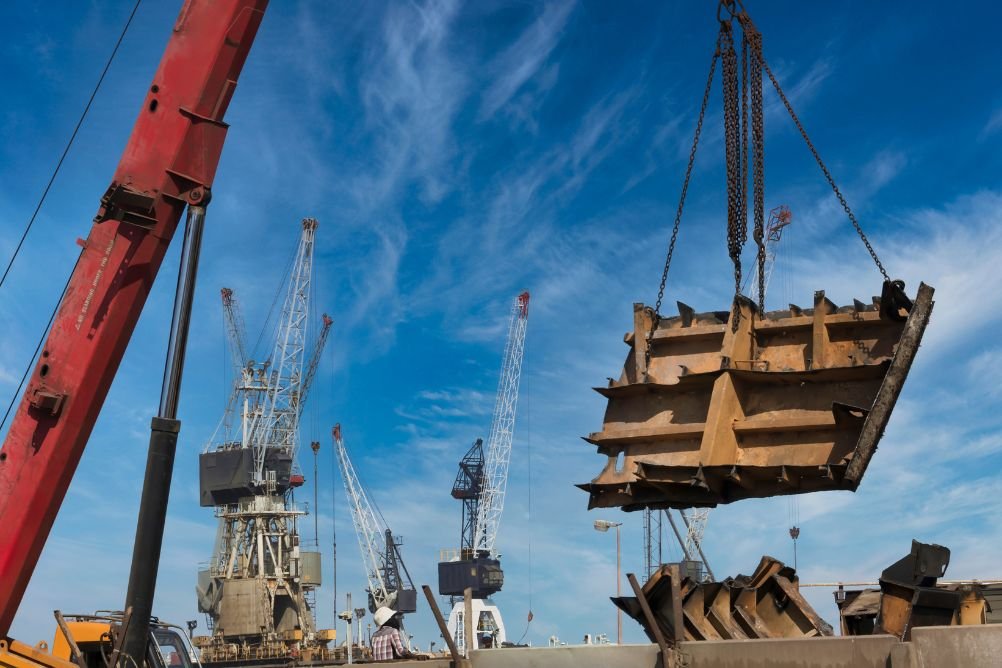
The demolition of buildings and structures is a common occurrence in modern society, especially as we upgrade our buildings to make them safer in earthquakes and remove asbestos or other hazardous materials. Demolition is necessary to make way for new construction, renovations, and urban development. However, the process of demolition can produce a significant amount of waste. Waste disposal is an expensive and challenging task, and it can have significant environmental consequences. Salvage is a process that can transform demolition waste into valuable resources. In this blog post, we will explore the different ways you and your community can benefit from salvage in demolition.
THE ECONOMIC BENEFITS OF SALVAGING CONSTRUCTION MATERIALS
Salvage is the process of recovering and reusing materials from demolished buildings and structures. Salvage operations can recover materials such as wood, steel, concrete, and brick. These materials can be reused in new construction projects, renovations, or sold to other industries. Salvage operations can be profitable for contractors, and they can help reduce the overall cost of a demolition project. By salvaging materials, contractors can avoid the cost of disposal fees and the cost of purchasing new materials. Salvage operations also create jobs and support local economies.
THE ENVIRONMENTAL BENEFITS OF SALVAGING CONSTRUCTION MATERIALS
Salvage can have significant environmental benefits. The construction industry is one of the largest producers of waste in the world. It is so important to avoid creating more waste whenever possible during any kind of construction project. Salvage operations can divert a significant amount of this waste from landfills. By salvaging materials, contractors can reduce the demand for virgin materials and the associated environmental impacts of mining and manufacturing. Salvage operations can also reduce greenhouse gas emissions associated with the transportation and disposal of waste.
THE SOCIAL BENEFITS OF SALVAGING CONSTRUCTION MATERIALS
Salvage can also have social benefits. Salvage operations can provide low-cost building materials for affordable housing projects. Salvage operations can also support the preservation of historic structures and the reuse of existing buildings. Salvage operations can create opportunities for job training and education in the construction industry. Salvage operations can also help build community by providing materials and resources for local projects. There are lots of ways that salvaging materials can help a community to grow, so it is important to consider implementing as many of these practices as possible to create a more sustainable future for the construction industry.
Salvage is an important process that can transform demolition waste into valuable resources and keep unnecessary materials out of landfills. Salvage operations can be profitable for contractors, reduce waste disposal costs, create jobs, and support local economies in several different ways. Salvage can also have significant environmental benefits by reducing the demand for virgin materials and greenhouse gas emissions associated with waste disposal. Salvage can have social benefits by providing low-cost building materials, supporting historic preservation, and building community. The benefits of salvage demonstrate the importance of considering sustainable practices in the construction industry.



